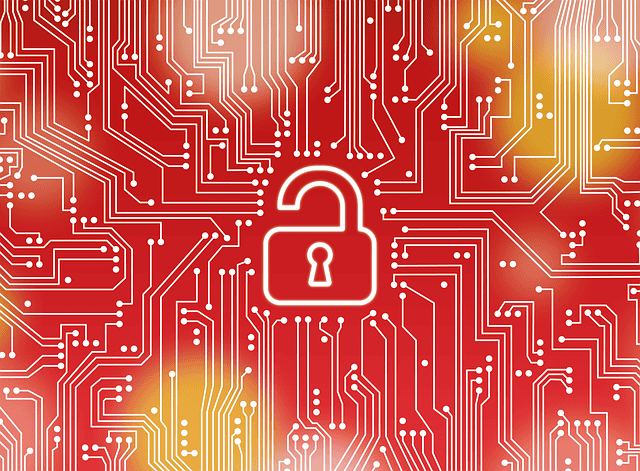5 Things to NEVER DO with Your Passwords

Even though we have all heard many times how important password protection is, we still see basic password protection rules broken ALL THE TIME. So here is a quick refresher.
SQL Server Always Encrypted—Is It Right for My Data?

New privacy regulations and other compliance and data governance mandates are driving more and more SQL Server users to leverage Always Encrypted. It can be a big help with separating those who own and can view the data from those who manage the data but should otherwise not access it.
Database Patch News — June 2020 (Issue 4)

Welcome to Database Patch News, Buda Consulting’s newsletter of current patch information for Oracle and Microsoft SQL Server.
Database Patch News — May 2020 (Issue 3)

Welcome to Database Patch News, Buda Consulting’s newsletter of current patch information for Oracle and Microsoft SQL Server.
It’s in the Database

Managed Health Systems of Indiana patient health information, July-September, 2019; Microsoft customer service and support records, January 22, 2020; Wyze email addresses, December 30, 2019; Georgia Tech student data, March 2019. What do all of these breaches have in common? The data that was stolen was inside a database. Yet when most companies think about […]
Cloud Customers Need to Secure Their Own Data

The key takeaway is that if you have your data in any cloud service, you must be as rigorous in securing that data as if it were in your own data center—and in some cases even more so.
Oracle Data Encryption Options

Oracle offers various authentication and audit features to protect data from unauthorized access. But what about data at rest in operating system files, backups or other storage media?
Lock the Safe—Secure the Database

You are going away on a much-needed vacation to Aruba. You will only be gone for a week. But you understand the importance of security, so you make sure you lock the windows and doors. You put the lights on a timer so would-be thieves think there is some activity in the house. You cancel […]
Database Patch News — November 2019 (Issue 1)

Welcome to Database Patch News, Buda Consulting’s monthly newsletter of current patch information for Oracle and Microsoft SQL Server. Here you’ll find information on available patches—including security patches—and desupported versions made available during the past month.
A Simple Way to Improve Data Security

Shrink Your Sensitive Data Footprint Protecting data is hard. Knowing for sure that you have identified and mitigated every vulnerability takes a lot of work and constant vigilance. The more servers you have to harden, the more databases you have to protect, the more work it is, and the more likely you will leave a hole […]




